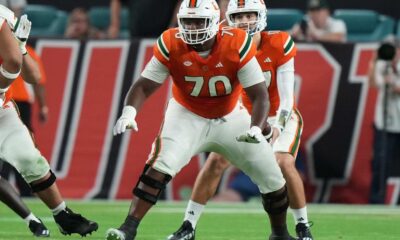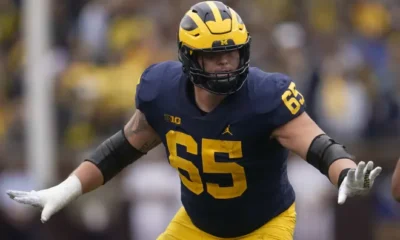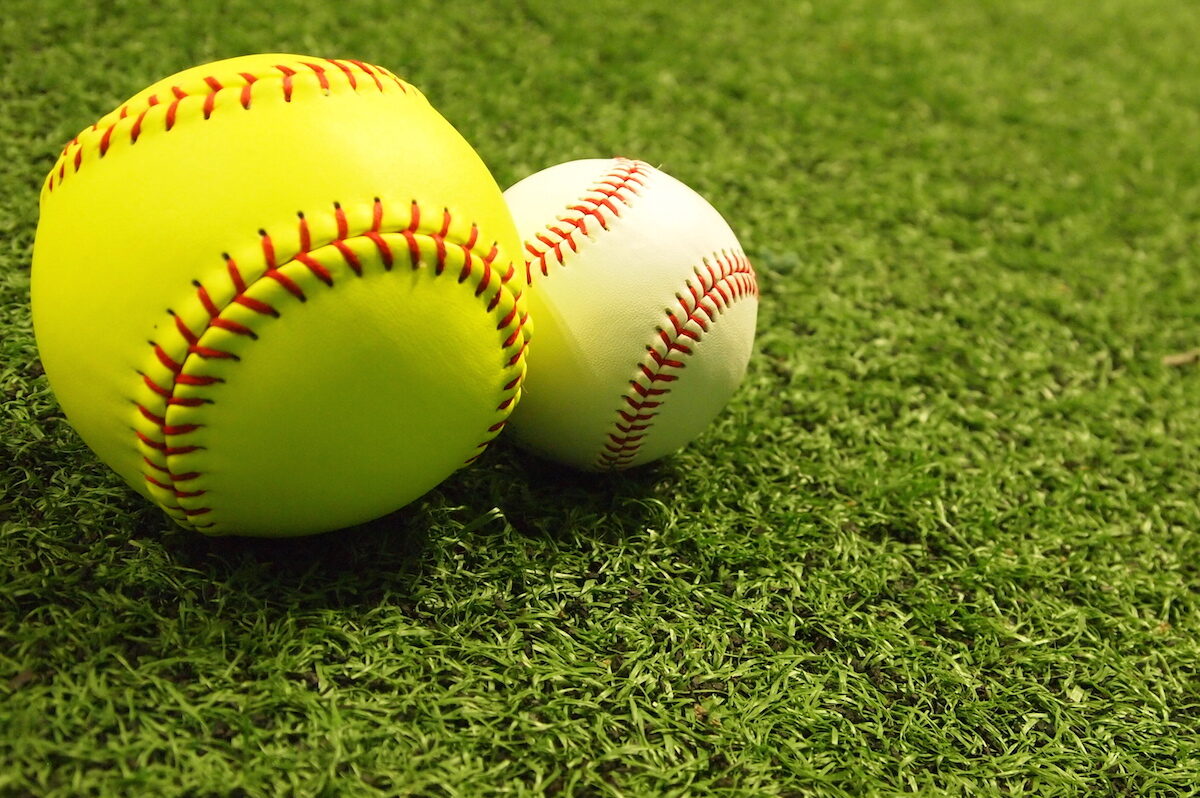Although baseball remains America’s favorite pastime, softball has earned a spot as its fun, young, and often more action-packed cousin. Even though the two sports play similarly, several key differences ensure a unique style and pace for each.
The Numbers
The most obvious equipment difference between the two sports is the size of the ball. A baseball measures 9.” A softball expands that significantly at 12.”
The size of the ball—and no doubt the way it is pitched—contribute to a big numbers gap. In Major League Baseball, the league batting average in 2019 was .252, according to MLB.com. In NCAA college softball, however, out of the top 50 teams only two dropped beneath a .3 batting average, with Iowa State and Towson sitting at .299. At the top of the table, Oklahoma averaged a whopping .453 and Texas consistently hit .379. Numbers alone may not look like much. When translated to the audience’s perspective, though, they begin to tell a story of two very different games.
A fan of Oklahoma, for example, could go to a women’s NCAA softball game and watch their team get a hit nearly half the time a player went up to bat. At a Yankees game, however, barely over one in four batters recorded a hit. In the end, the pace of a softball game travels at a quick clip. Baseball, for better or worse, demands more patience of its fans.
It may seem misleading to compare professional baseball with college softball, but those are where the fans are showing up en mass for the respective games; subsequently, those are the stages that seem to best represent each sport.
The History
Of course, the two games differ beyond equipment and pitching style. Their histories diverge as well. Baseball traces its origins to other British bat and ball games. Eventually it showed up in something closer to its modern form in 1840 New York. Always a methodical sport, drawing writers and philosophers to its stands, baseball earned its moniker of America’s favorite pastime around the turn of the 20th century, shortly before the first modern World Series took place in 1903.
On the other hand, softball didn’t officially exist until 1930. Originally a type of “indoor baseball,” softball was designed to be played at a faster, more aggressive clip—much like soccer’s indoor counterpart of futsal. To help facilitate that pace, softball players use metal bats instead of wooden, pitch 17 feet closer to the batter, and run 60 feet instead of 90 between plates.
The fact is both the numbers and the history confirm softball to be more objectively exciting than baseball. Regardless, baseball reigns supreme by far both in popularity with fans and salary for players. The sport’s social media continues to grow, however. Plus, more of the general population seems to becoming aware that a fast-paced, high scoring addition—or even alternative—to baseball is out there. It’s shifting the story. In fact, although most college sports reported increases of up to or over 100% from 2000 to 2018, according to the Department of Education, softball outpaced them all easily, recording a revenue growth of 217%.
Softball’s growth in popularity over the decades may have been slow, but the game is not. And, if the numbers keep climbing, it looks America might be ready to catch up and join in on the fun.















